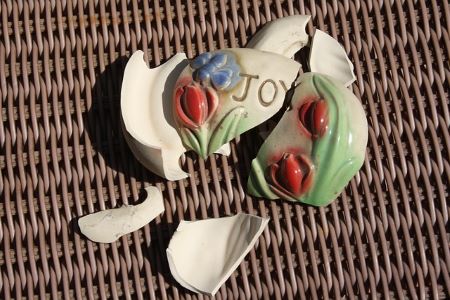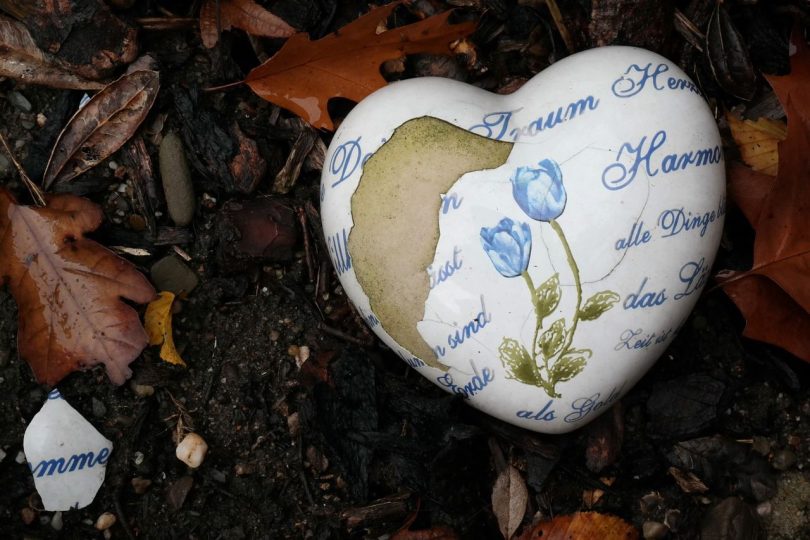A Path to Trust, Inner Peace, & Self-Confidence
Part 2 – The Final Core Wounds
In part one of this article, we explored the emotional wounds of abandonment, rejection, and humiliation—how they shape our lives, relationships, and sense of self. These wounds often leave us feeling disconnected, unworthy, or misunderstood. In this second part, we’ll dive into two more core wounds: betrayal and injustice. These wounds can deeply impact our ability to trust, create healthy boundaries, and maintain inner peace. Understanding these wounds is essential for healing, as they help us uncover the patterns that hold us back from living our fullest, most authentic lives.

Understanding these wounds is essential for healing, as they help us uncover the patterns that hold us back from living our fullest, most authentic lives.
1 – The Betrayal Wound
a – Understanding the Wound
The betrayal wound goes deep into our ability to trust others and ourselves. This wound often develops when someone we deeply trusted violates that trust, whether through dishonesty, broken promises or emotional neglect. Like a broken mirror, the betrayal wound can distort how we view relationships, making it hard to trust openly without fear. It doesn’t always stem from dramatic events like infidelity or deceit—it can also arise from unmet expectations, such as a parent who repeatedly fails to show up or a loved one who dismisses our emotions in critical moments.
This wound might be rooted in various experiences: overhearing whispers of a parent’s affair, sensing a rupture they don’t fully understand, or having a trusted friend share their secrets, leaving them exposed and unsafe. It can also emerge from the ache of feeling unseen by a parent who’s physically present but emotionally distant, teaching a child to silence their needs. A child might also encounter this wound when a teacher or authority figure abuses their position, shattering the trust placed in them.

Women carrying this wound often find themselves in a painful dance between yearning for connection and fearing it. They might become hypervigilant in relationships—seeking constant reassurance, testing loyalty, or overcompensating to avoid being hurt. Alternatively, they might guard their hearts fiercely, keeping relationships superficial to avoid vulnerability.
The betrayal wound doesn’t just affect how we trust others—it can also turn inward. When trust has been broken, it can be hard to believe in our own intuition or decisions, leading to relentless self-doubt. Healing begins with recognising these patterns and understanding how this wound shapes the way we connect with others and ourselves.
b – A Story of Healing
Healing from the betrayal wound often begins with a return to self-trust. One of my recent clients, for instance, found herself repeatedly doubting her relationships and questioning her own decisions. As we explored her past experiences, she recognised that her childhood, though seemingly fine on the surface, was marked by emotional neglect. This history had shaped her struggles with trusting others, especially when relationships became more intimate.
Determined to heal, she began introducing practices to reconnect with her emotions, welcome all feelings, and clarify her thoughts. She also embraced solo walks in nature, giving herself space to breathe and reflect. These small but intentional acts became her way of keeping promises to herself, reinforcing an inner sense of reliability.

These small but intentional acts became her way of keeping promises to herself, reinforcing an inner sense of reliability.
With time, her confidence grew. By honouring her needs and trusting her instincts, she found the strength to open up to others. Slowly but surely, she began to rebuild deeper, more authentic relationships—starting with the most important one: the relationship she had with herself.
c – Reflection Moment – The Betrayal Wound
If you’ve noticed these trust-related patterns in your life, use these prompts to explore ways to heal and create healthy boundaries while staying open to connection:
- How would your life change if you trusted your judgement without holding back?
- Describe a time when trusting someone turned out better than expected.
- What lessons have you learned from your experience with betrayal that have made you stronger?
2 – The Injustice Wound
a – Understanding the Wound
The injustice wound develops when we repeatedly experience or witness unfair treatment. This wound can create a hypervigilant sense of right and wrong, leading to rigid thinking and difficulty accepting life’s natural inequalities. People carrying this wound often become champions of justice, though sometimes at the cost of their own peace. It might come from feeling unappreciated when your hard work is ignored while others get rewarded, seeing a sibling or peer get more praise or privileges, noticing clear favouritism in your family or friendships, or sensing the unfair treatment of a parent, like a mother who isn’t valued at home or work despite all she does.

Women with this wound frequently find themselves fighting every battle, unable to let even small injustices slide. They might exhaust themselves being the office advocate, the family mediator, or the friend group’s warrior for fairness. While their sense of justice often makes them powerful allies and change-makers, they can struggle with burnout from carrying the weight of every inequity they encounter. The wound can make it difficult to accept that sometimes life isn’t fair, leading to a constant state of tension and resistance.
b – A Story of Healing
For many women, the pursuit of perfection becomes a lifelong battle. We spend years trying to meet impossible standards, both in our personal and professional lives. Whether it’s being the perfect partner, the ideal employee, or the flawless mother, we chase something that we know, deep down, doesn’t exist. Over time, this constant striving begins to wear us down. We become overwhelmed, exhausted by the pressure to be everything to everyone.
It’s essential that we begin to realise that perfection is a myth and that the pursuit of it is a source of unnecessary stress. We need to learn to let go of the impossible and embrace the reality that life, and ourselves, are perfectly imperfect.

Let’s focus on what we can control—our own actions, our responses, and our wellbeing. When we do, we discover that peace comes not from being perfect, but from accepting our imperfections, forgiving ourselves for the moments we fall short, and finding strength in our ability to adapt and grow..
c – Reflection Moment: The Injustice Wound
If you’ve recognised your sensitivity to unfairness in these questions, these prompts will help you explore balance between fighting for what’s right and finding peace:
- What battles are truly yours to fight, and which ones can you release?
- What would it mean to fight for what’s right while maintaining inner peace?
- Describe a moment when letting go felt better than being right.
As we wrap up our journey through these five core wounds, remember this: each one is here to teach us something important. Recognising our wounds doesn’t mean they define us—it’s a way to understand where we can heal and grow. Embrace the lessons they bring, and trust that every step forward is a step toward becoming your truest, most empowered self.
3 – The Journey Forward: Integrating the Five Core Wounds
Our emotional wounds – abandonment, rejection, humiliation, betrayal, and injustice – often work in concert, creating complex patterns in our lives. Understanding how these wounds interact is crucial for comprehensive healing. For example, an abandonment wound might make the pain of betrayal more acute, or a rejection wound might intensify feelings of injustice. The way we experience betrayal, particularly from those who should be the most trustworthy, like our parents, often sets the stage for how we view the world.

If we cannot trust the people who should protect and love us unconditionally, like our parents, it can lead us to believe that others in the world are equally untrustworthy. The father, in this context, symbolises the world at large—the place where we form our expectations of how others should treat us. The mother, on the other hand, represents our relationship with ourselves—our self-worth, our deservingness of happiness, and the quality of our relationships, including how we view our worth in areas like love, work, and money.
The good news is that healing any one wound often creates positive ripples that help heal the others. As you work with these insights, remember:
- Each wound carries wisdom when properly understood.
- Healing is not linear– it’s a spiral journey of growth.
- Your wounds don’t define you; they’re portals to deeper self-understanding.
- Often, support—whether from a therapist or a trusted community—is essential on the healing journey.
Whether you resonate with one wound or all five, know that a lot of us are walking this path too. Every step toward understanding and healing these wounds is a step toward living a more authentic, empowered life.
Conclusion
As we conclude this exploration of the betrayal and injustice wounds, remember that each emotional wound is not just something to heal but also a teacher. By understanding the patterns these wounds create in our lives, we can take powerful steps toward reclaiming our trust, inner peace, and sense of justice.
It’s important to note that we often carry more than one wound at a time—sometimes all of them resonate, with some being more prominent than others. According to Lise Bourbeau, there are usually two wounds that show up most strongly in our lives, and when we choose to work on them, everything begins to shift. Healing is not a destination but a continuous journey, and every small step brings us closer to a more empowered, authentic version of ourselves. Whether you are beginning this process or deepening your work, trust that the journey toward healing is worth every effort.
You can definitely do this!
As we conclude this exploration of the betrayal and injustice wounds, remember that each emotional wound is not just something to heal but also a teacher. By understanding the patterns these wounds create in our lives, we can take powerful
steps toward reclaiming our trust, inner peace, and sense of justice.
Ready to take your healing jouney?
Join me in my Free Wellbeing and Fertility Course HERE and take your first step towards a healthier, more balanced you.




